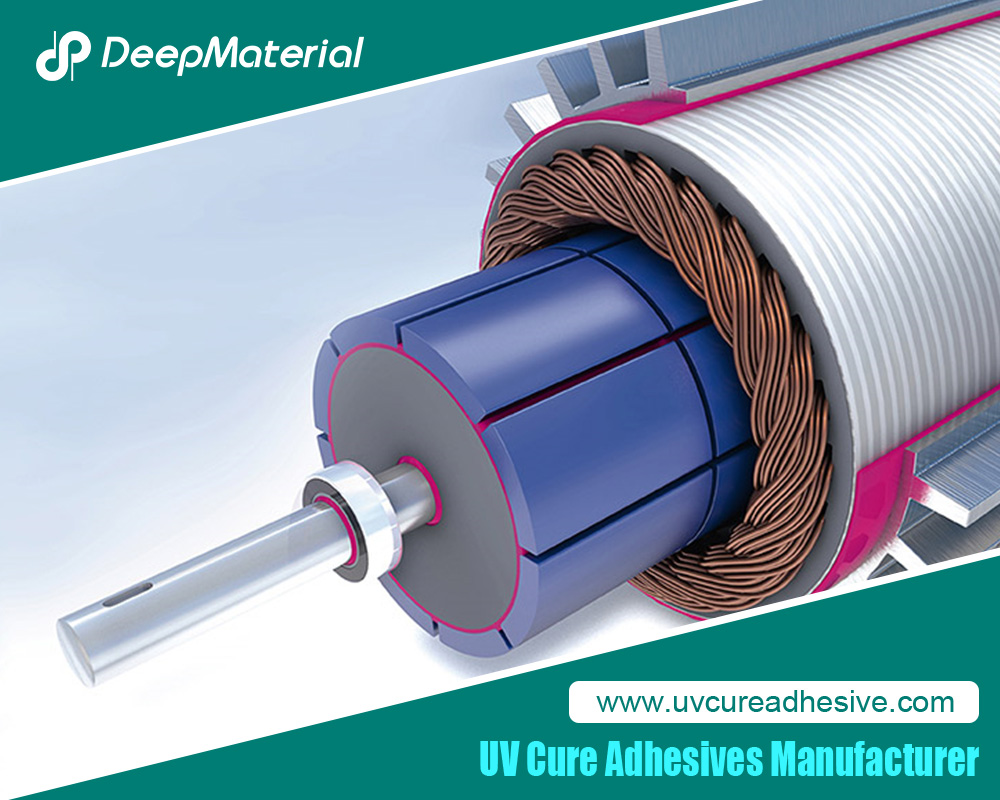The Importance of Self Contained Fire Suppression Material: Enhancing Safety and Efficiency
In a world increasingly concerned with safety and risk management, fire suppression systems play a critical role in protecting lives, property, and the environment. While effective, traditional fire suppression methods often require external systems such as piping, water tanks, or chemical agents. However, innovations in fire safety technology have led to the development of Self Contained fire suppression materials. These materials offer unique advantages, making them indispensable for various industries and applications. This article delves into the significance, benefits, and applications of Self Contained fire suppression materials, highlighting how they contribute to safer environments.
What is Self Contained Fire Suppression Material?
Self Contained fire suppression materials are specially designed to detect and suppress fires autonomously without needing external infrastructure or manual intervention. These materials typically contain fire-retardant compounds or chemical agents embedded in various forms, such as sprays, foams, or solid blocks. Upon exposure to heat or flames, they activate and release substances that suppress or extinguish the fire.
Unlike traditional systems, which rely on external power sources or water supplies, Self Contained fire suppression materials are independent and can operate autonomously in isolated or remote areas. These materials can be integrated into products, structures, or devices, making them highly versatile and practical in various applications.
Benefits of Self Contained Fire Suppression Materials
Self Contained fire suppression materials offer several advantages over conventional fire protection methods. Their ability to operate independently and efficiently makes them an appealing choice for diverse settings. Here are some key benefits:
- Autonomous Operation:These materials can detect and suppress fires without external power sources, especially when electricity is unreliable or unavailable.
- Space Efficiency:Self Contained fire suppression materials are compact and easy to integrate into existing systems, reducing the need for extensive, complex fire suppression infrastructure.
- Cost-Effective: These materials can significantly reduce installation and maintenance costs by eliminating the need for complex external equipment (like piping, tanks, or alarms).
- Minimal Environmental Impact:Many modern fire suppression materials are environmentally friendly, using biodegradable substances or non-toxic chemicals, ensuring minimal ecological harm when deployed.
- Versatility:These materials can be used in various settings, including homes, commercial buildings, vehicles, industrial sites, and remote locations, providing flexibility across different industries.
- Enhanced Safety:Self Contained fire suppression materials can suppress fires quickly, reducing the time a fire can spread, providing more time for evacuation, and preventing more extensive damage.
Types of Self Contained Fire Suppression Materials
Various Self Contained fire suppression materials are available, each suited for specific environments and types of fires. They are typically categorized based on the type of substance used and the suppression mechanism. Some of the most common types include:
Fire Suppression Foams
- These are liquids that form a foam when deployed. The foam smothers the fire and prevents oxygen from fueling the flames. Fire suppression foams are often used in aviation, marine applications, and high-risk industrial environments.
Intumescent Materials
- When exposed to heat, these materials expand, creating a thick, insulating layer that slows fire spread. Construction often uses them to protect structural components like beams, columns, and cables.
Fire Retardant Sprays
- Fire retardant sprays are applied to surfaces or fabrics, creating a barrier that makes them less likely to ignite. These are commonly used in clothing, textiles, and materials in commercial settings.
Solid Fire Suppression Blocks
- These blocks or panels contain a fire-retardant substance and are designed to release that substance when heated. They are often used in electrical cabinets, data centers, and sensitive equipment enclosures.
Gaseous Suppressants
- Some Self Contained systems release non-toxic gases when exposed to flames. These gases work by displacing oxygen, inhibiting combustion. Gaseous suppressants, such as server rooms and museums, are typically used when water damage must be avoided.

Applications of Self Contained Fire Suppression Materials
Self Contained fire suppression materials are increasingly adopted in various sectors due to their adaptability and effectiveness. Here are some prominent applications:
Industrial and Manufacturing Settings
Fires can pose significant risks to employees and property in industrial environments where combustible materials are prevalent. Self Contained fire suppression materials can be integrated into machinery, conveyor belts, and storage units, which can instantly respond to overheating or ignition. They are particularly valuable in hazardous environments like oil refineries, chemical plants, and warehouses storing flammable substances.
Transportation and Vehicles
Self Contained fire suppression materials have found widespread use in vehicles, from automobiles to airplanes and ships. Vehicles often contain high-temperature components like engines or electrical systems that are susceptible to fire. By embedding fire suppression materials in critical areas, such as the engine compartment or the fuel tank, fires can be suppressed immediately, reducing the likelihood of vehicle damage or loss of life.
Residential and Commercial Buildings
Self Contained fire suppression materials can benefit residential and commercial properties, especially in hard-to-reach areas such as attics, basements, or behind walls. These materials can be integrated into building designs to protect high-risk areas from electrical, kitchen, or equipment fires. Additionally, they can be used in areas where conventional sprinkler systems may not be practical.
Data Centers and Electronics
Sensitive equipment, such as servers and computer systems, are vulnerable to fire. Traditional water-based suppression systems can cause significant damage to electronics, making Self Contained fire suppression materials a preferred option. Gaseous suppressants and solid fire suppression blocks can be deployed in data centers to protect against fire without the risk of water damage.
Aerospace and Aviation
The aviation industry has long used Self Contained fire suppression materials to ensure passenger safety and fire-retardant foams have been used in fuel tanks and engine compartments. In contrast, intumescent materials may be used for fire-resistant barriers in critical aircraft sections.
How Self Contained Fire Suppression Materials Work
The key advantage of Self Contained fire suppression materials is their ability to activate autonomously in response to heat or fire. The process generally follows these steps:
- Heat Detection: When exposed to heat or flames, the material’s chemical composition or physical structure changes. It can be a simple physical reaction, such as foam expansion, or a chemical reaction, like the release of fire-suppressing gases.
- Fire Suppression:Once activated, the material releases its fire-suppressing agents, such as foam, gas, or a fire-retardant chemical. These agents either block the oxygen supply to the fire, cool down the flame, or create an insulating barrier.
- Extinguishing the Fire:The fire suppression agents rapidly reduce the fire’s intensity, smothering it or cooling it to a point where it can no longer sustain combustion.
- Self-Recovery:In some materials, once the threat is removed, the substance may return to its original state, or it may need to be replaced or replenished after activation.
Maintenance and Longevity of Self Contained Fire Suppression Systems
While Self Contained fire suppression materials are often low-maintenance, regular inspection and maintenance are necessary to ensure their effectiveness. It includes checking for:
- Integrity:Ensuring the material has not degraded or become damaged due to environmental factors such as temperature fluctuations or physical impacts.
- Activation Mechanism:Verify that the material will activate as intended in the event of a fire and ensure the heat detection system is functioning properly.
- Replenishment:Some materials, excellent blocks or foam-based substances, may require replenishment or replacement after deployment.
Proper maintenance ensures that the fire suppression system will function optimally when needed and extend its lifespan.
Future Trends in Self Contained Fire Suppression Materials
The field of fire safety is rapidly evolving, with new technologies and materials continuously being developed. The future of Self Contained fire suppression materials is likely to be shaped by several trends:
- Innovative Materials:Integrating sensors and wireless communication could make Self Contained systems more responsive and intelligent. Innovative materials could provide real-time monitoring and notifications of potential fire risks.
- Eco-Friendly Solutions:There is a growing demand for environmentally friendly fire suppression materials that are biodegradable or non-toxic. This trend is likely to continue as industries become more ecologically conscious.
- Improved Efficiency:As fire suppression technology advances, we expect more efficient and faster-acting materials to suppress fires with minimal resource usage.

Conclusion
Self Contained fire suppression materials significantly advance fire safety, offering a reliable, cost-effective, and versatile solution for diverse environments. Their ability to detect and suppress fires autonomously without relying on external systems makes them particularly valuable in settings where traditional fire suppression methods may be impractical or costly. As industries prioritize safety, Self Contained fire suppression materials will be increasingly important in mitigating fire risks and protecting both lives and property. These materials will likely continue to evolve with ongoing advancements, offering even more excellent performance, environmental sustainability, and efficiency.
For more about choosing a comprehensive guide to the importance of self contained fire suppression material: enhancing safety and efficiency, you can pay a visit to DeepMaterial at https://www.uvcureadhesive.com/ for more info.



